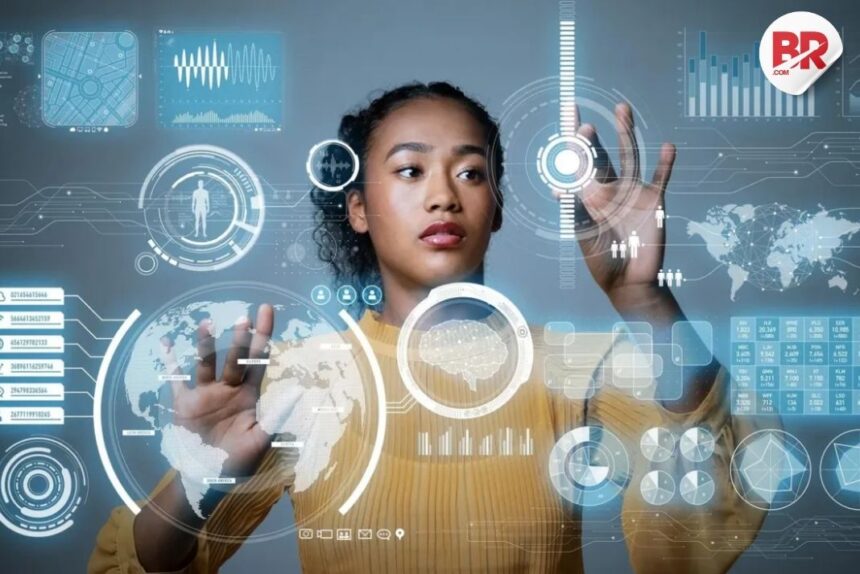AI Bridging Academia and Industry in India
AI bridging academia and industry in India is no longer just a buzzword—it’s a reality that’s transforming the future of education and work. At the Rising Bharat Summit 2025, experts like Sinha and Oberoi voiced a growing concern: the huge disconnect between what students learn in universities and what employers need.
Let’s explore how artificial intelligence can help close this gap.
Why India’s Education System Needs a Makeover
India’s education system has been stuck in the past for far too long. It still leans heavily on rote learning, focusing more on memorizing facts than solving problems or thinking critically. This approach doesn’t prepare students for a world that’s changing fast.
Take engineering colleges, for example. Many still teach programming languages that are outdated. Students leave with degrees but not with skills that match current industry standards. This leads to what experts call a “skills gap”—where graduates are not ready for the jobs waiting for them.
Another big issue is the lack of collaboration between colleges and companies. Courses are often designed without any input from the industries that will eventually hire these students. AI, data science, and automation are driving modern businesses, but these topics are barely touched in many traditional syllabi.
Also Read: Can 8 Hours a Year Turn Kids into AI Pioneers? Beijing Bets Big on the Future
How AI Can Bridge the Gap
Now, here’s where AI steps in—not just as a tool, but as a powerful connector between classrooms and corporate boardrooms.
1. Personalized Learning Paths
AI can customize education. Platforms powered by AI can track how a student learns and suggest lessons tailored to their strengths, weaknesses, and goals. This kind of personalized learning makes education more effective and job-oriented.
2. Updated, Industry-Relevant Curriculum
AI can also help schools keep their course content fresh. By analyzing job trends, AI can suggest what skills are in demand—like Python, cloud computing, or UI/UX design. Colleges can then update their syllabus faster and stay relevant.
Also Read: NITI Aayog’s National Strategy for Artificial Intelligence
3. Real-Time Industry Mentorship
AI can power virtual platforms where students connect with industry professionals. This creates opportunities for mentorship, live projects, and internships. Students gain hands-on experience while still in college.
4. Scalable and Inclusive Education
In a country like India, where many students live in rural or under-resourced areas, AI can be a game-changer. With AI-driven tools, quality education can reach everyone. Courses, resources, and expert guidance become just a click away.
The Way Forward
Bringing AI into education isn’t just about using smart tools. It’s about changing the mindset of how we teach and learn. India has millions of bright young minds. With AI bridging academia and industry in India, we can prepare them for jobs that don’t even exist yet.
But for this vision to succeed, schools, colleges, and companies must work together. The government and private sector must invest in AI infrastructure and training. Teachers must be upskilled. And students must be open to learning in new, tech-enabled ways.
This is not a challenge—it’s a chance. A chance to turn India into a global leader in education and innovation.
Also Read: India Overhauls Monastery Education to Push Back Against China




